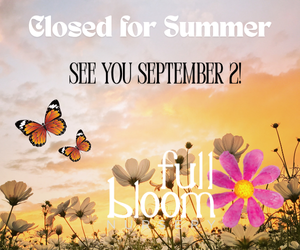Let's discuss this so-called ugly winter landscape we are beginning to see. With the arrival of cold weather many people retreat indoors and forget there is an outdoor landscape. When they do venture outside, they are out for a minute on the way to the car or to check the mail. It's as if the landscape disappears in winter.
When trees and shrubs are selected, consideration is usually given to such things as spring color, summer foliage and fall color. However, for five months of the year, most deciduous plants have no foliage whatsoever. From November to March all we see is a "bare bones" landscape.
During this time, the landscape is seen in a completely different perspective. The shape or growing habit of plants is much more obvious in winter when its "skeleton" is not obscured by the leaves.
The bark of plants also plays a more important role in the winter months. The sycamore and crape myrtle, for example, have exfoliating bark which peels off in sections, exposing an under-bark of a different color. Other trees with unique bark patterns and colors include the river birch, the white oak, and the shag bark hickory.
The grays and muted browns of the cold months help to emphasize other colors in the landscape which are not as obvious or are partially hidden when the plants are fully clothed with summer foliage. In winter we become more aware of such things as house colors and natural rock features.
And not all plants turn into skeletons during winter. There are evergreen plants that hold their foliage all year. The benefit of these plants that they are a source of fresh cut greenery during the dormant months. And of course, this greenery is especially useful during the holidays.
There are many different kinds of evergreen plants. In addition to providing beautiful foliage, many evergreens also provide us with colorful berries, including pyracantha and many of the hollies. There are also deciduous trees and shrubs providing winter berries, including dogwood and beauty berry.
So when choosing landscape plants, it is important to consider factors other than just its spring bloom color, fall color or what it will look like in the summer.
Billy Skaggs Agricultural Agent Hall County Extension Coordinator 734 East Crescent Drive Gainesville, GA 30501 Phone:(770)531-6988 Fax: (770)531-3994 Email: [email protected]
Monday
August 4th, 2025
7:53PM








